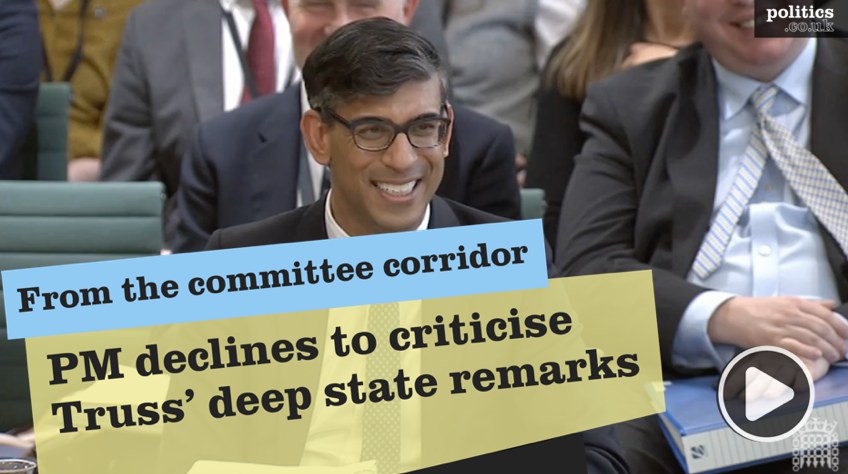The Scottish parliament is made up of 129 elected MSPs, elected by the additional member system, a form of proportional representation.
Elections to the Scottish parliament are normally held every four years on the first Thursday in May.
Anyone who can stand for election to the House of Commons may stand for election to the parliament. Peers may also stand for election to Holyrood.
Each voter has two votes – one for a constituency and one for a member from a regional list.
For the first vote, Scotland is divided into 73 single member constituencies, which are broadly similar if not identical to those for UK general elections. Voting is the same as in UK general elections using the first-past-the-post system in which the candidate with more votes than any other candidate, though not necessarily the majority of votes, is returned as the MSP for the geographical area concerned.
The second vote is more complicated. Scotland is split into eight regions – Highlands & Islands, North East Scotland, Mid Scotland & Fife, West of Scotland, Central Scotland, Glasgow, Lothians and South of Scotland. Each region returns seven regional MSPs, amounting to 56 in total.
In this second vote, votes are cast for parties. The number of MSPs returned for each party in each region is shared out in proportion to the share of the vote received by each party, making allowances for the number of MSPs that a party has already won in that region through the constituency system (Known as the D’Hondt method). This element is designed to provide an additional proportionality to the results of Scottish Parliament elections.
If a candidate on a party’s list has already been returned in a single member constituency, the next candidate on the list is successful. Parties use this ‘closed’ list system as a form of insurance policy to ensure that key candidates have a better chance of becoming an MSP.
Before the election each political party chooses a list of candidates for each region. A candidate in a single member constituency can thus also be on a party’s list for a region. Candidates on a party’s regional list are arranged in the party’s order of preference, with the candidate that the party would most like to see elected placed first.
If a constituency member resigns or dies, then a by-election is held. If a regional member resigns or dies then the vacant seat is taken by the next person on the regional list for that party.
The Queen officially opens the Scottish parliament after each election but her address is not a ‘Queen’s speech’ in the Westminster sense – the First Minister outlines the legislative programme in a speech to parliament. A presiding officer is elected by MSPs at the first meeting after an election.
The first elections to the Scottish parliament were held on May 6th 1999.The Queen officially opened the parliament for the first time on July 1st 1999.


















